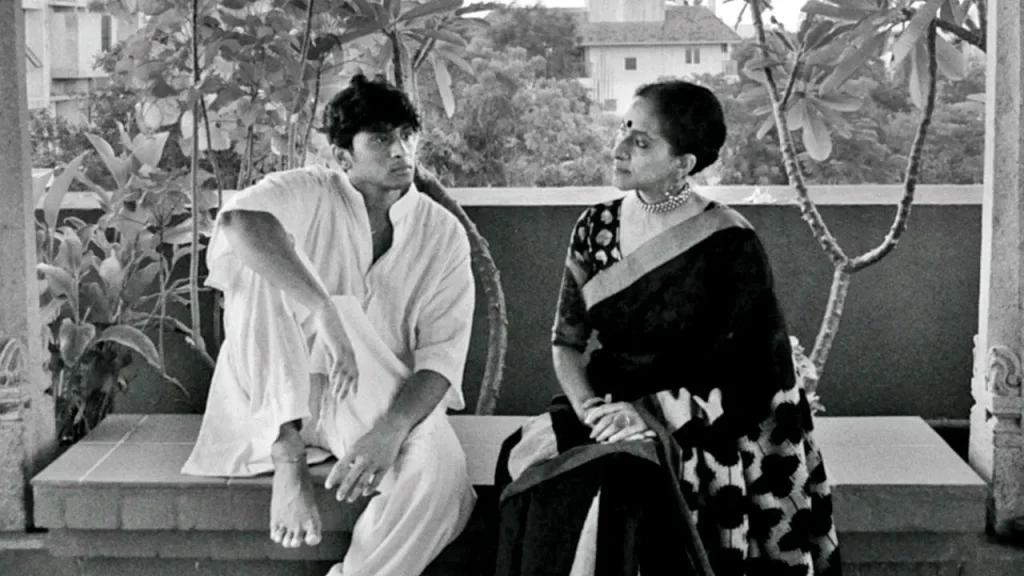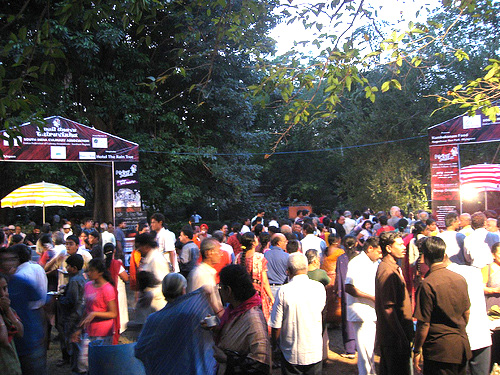
As a child, Indian playback singer M.L. Vasanthakumari–affectionately known as Vasanthi–dreamed of becoming a doctor, inspired by her belief that “doctors save lives.” Though she ultimately did not pursue a medical career, Vasanthi touched countless lives through the power of her resonant voice. In many ways, music was her birthright: both her parents were accomplished musicians. Her father, Koothanur Ayyasami Iyer, was deeply knowledgeable in Karnatak music and held a strong interest in Hindustani classical traditions. Her mother, Lalithangi, came from a family steeped in the fine arts, studied under several renowned musicians, and was an active concert performer.

Despite her parents’ deep involvement in Karnatak music and her evident musical talent from an early age, Vasanthi’s parents were initially reluctant to support a professional career in music. Instead, they enrolled her in a convent school in Madras (now Chennai), where she studied with the intention of pursuing medicine. Nevertheless, the rich musical environment at home offered her ample opportunities to sing and develop her craft. At a young age, she recorded her first 78-rpm single in 1941, paving the way for future recording contracts and releases. Her turning point came when the renowned Karnatak musician G. N. Balasubramaniam heard her sing and persuaded her parents to let him mentor her. At just 12 years old, Vasanthi accompanied her mother at a recital and soon after made her solo concert debut in Bengaluru.

Listen to M.L. Vasanthakumari perform live in Madras (Chennai) in 1975 here.
By the mid-1940s, Vasanthi had established herself as a playback singer, cultivating a distinctive voice and style that would make her one of the leading figures in Indian film music for the next two decades. She was a featured performer at nearly every major music festival in South India, as well as in prominent Karnatak music circles across the country. Her presence on radio was equally pervasive, further solidifying her reputation as a national icon. Vasanthi remained a top performer in India until her passing in October 1990. Her mentor, G. N. Balasubramaniam, once remarked, “Vasanthi typifies real discipleship. She applies her mind to what all she absorbs and presents a glorious edifice of her own creation.”
This according to “M. L. Vasanthakumari–Melody, laya, vidwat” by N. Pattabhi Raman, et al. (Sruti 75-76 [1990–1991] 25–42,47–63; RILM Abstracts of Music Literature 1991-38894). Find it in RILM Abstracts with Full Text.

Related Bibliolore posts:
https://bibliolore.org/2024/09/28/jazz-in-india/
https://bibliolore.org/2024/04/05/celebrating-tyagaraja-aradhana-in-south-india/
https://bibliolore.org/2012/03/13/indian-stamps-redux/
https://bibliolore.org/2025/03/20/the-contemplative-karnatak-singer-jayashri-ramnath/















